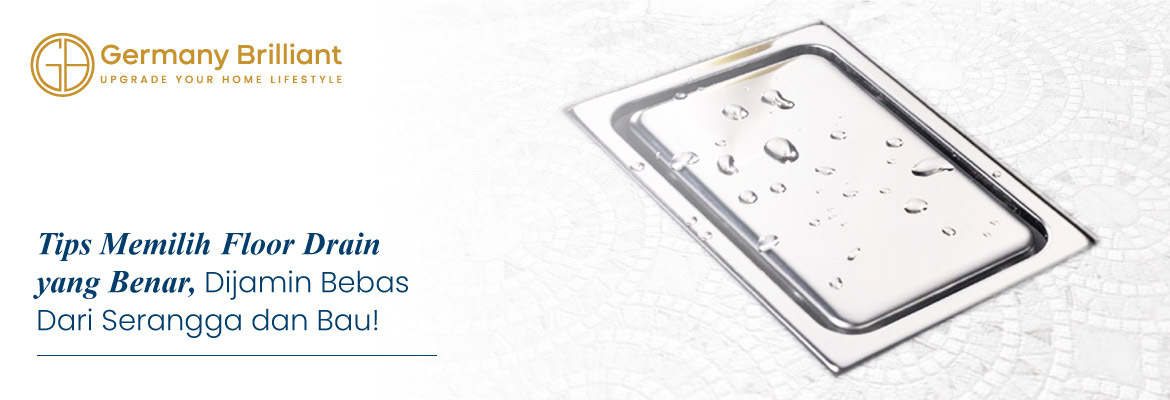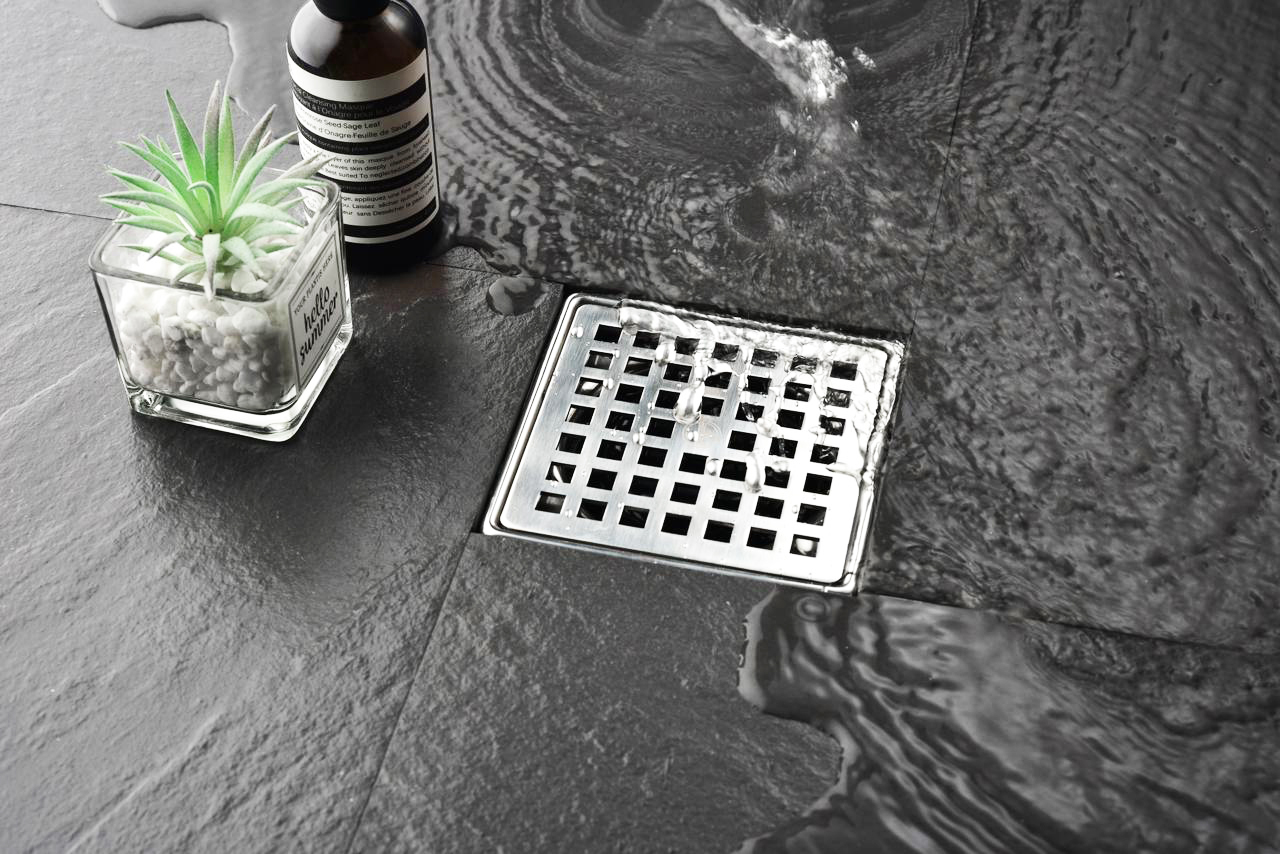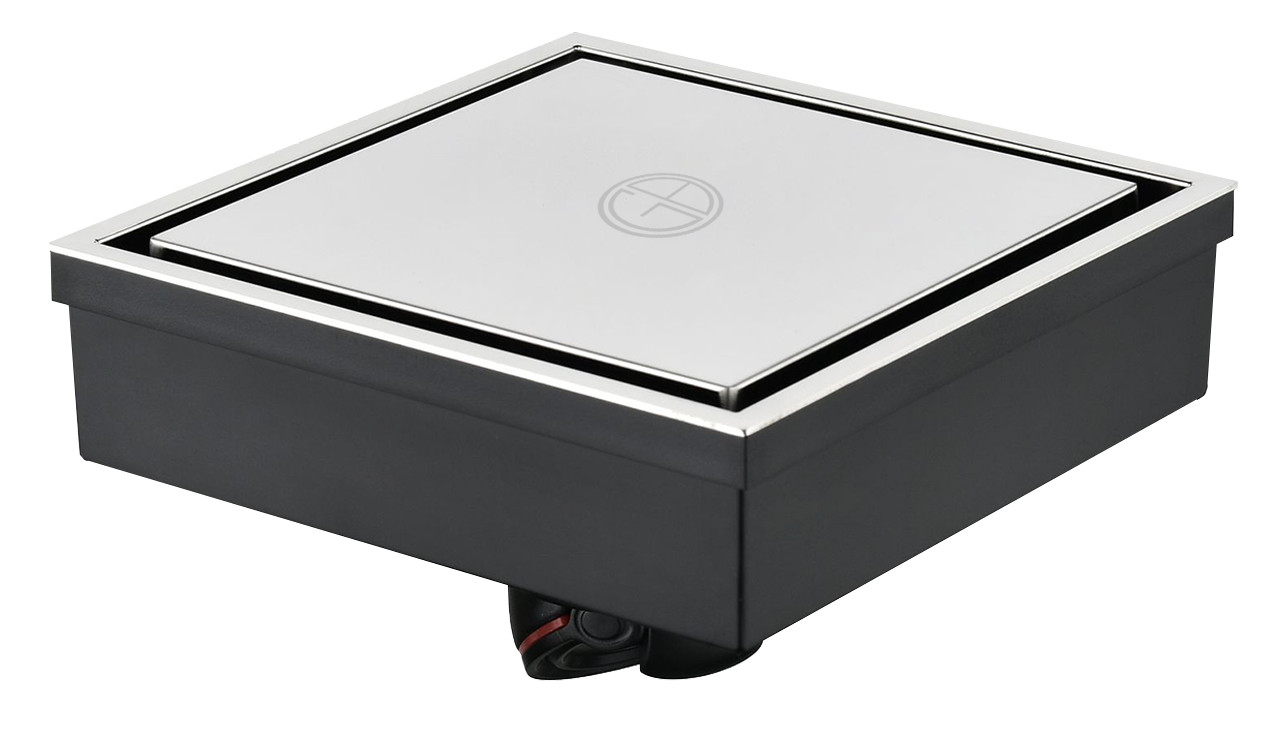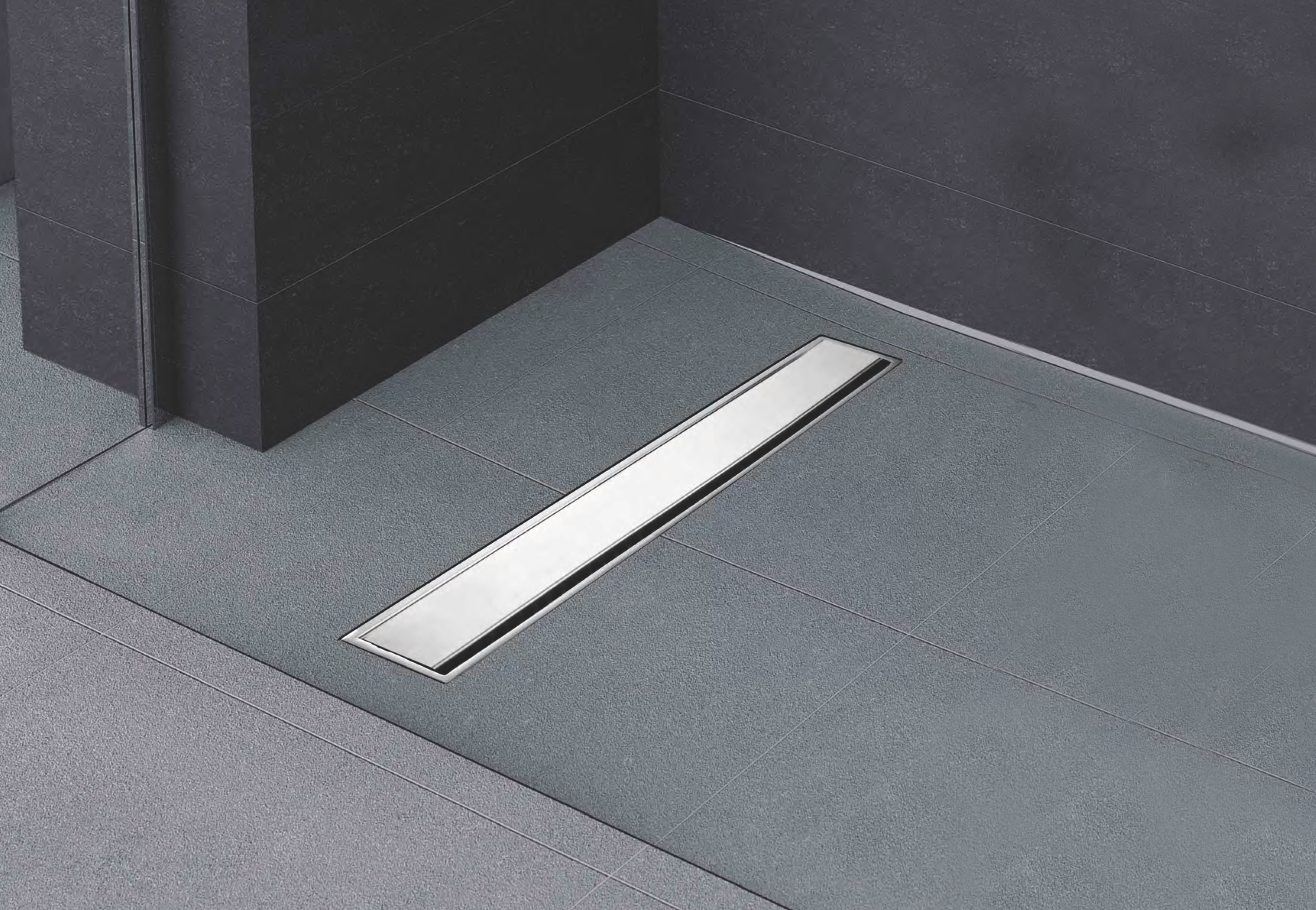
Every house must have a floor drain or often called a floor drain. Usually, this object is installed on the bathroom floor, garage, or place to wash clothes. This small object has quite an important function for sanitation at home, so you shouldn't just choose the floor drain you use!
Floor drain in short is a water drainage filter. As the name suggests, a floor drain functions to filter dirt, such as plastic waste, hair, and the like so that it does not enter the drain hole. Floor drains can also prevent puddles in the bathroom due to piles of dirt or rubbish blocking the drain.

Floor drain GB Sanitaryware. (Doc/GB Sanitaryware)
Not only that, another function that is no less important for this small filter is to prevent insects and unpleasant odors from the drain from rising to the surface of the bathroom. However, the floor drain chosen must of course be of high quality. GB friends can find various types of floor drains sold on the market. Don't just choose, especially the basic ingredients used. If not properly, a floor drain can actually injure your feet and hinder activities in the bathroom.
So, how do you choose the right and correct floor drain? Check out the tips here:
1. Ideal base material
Generally, floor drains use brass, stainless steel or ABS as basic materials. These three are the right combination because they are heat and scratch resistant. Avoid using a floor drain made from babet because it easily rusts and corrodes, potentially injuring your feet.

Floor drain GBS115SS GB Sanitaryware. (Doc/GB Sanitaryware)
2. Type or form of floor drain
There are two types of floor drain shapes that are most often encountered, namely circle and square. Several sanitary brands also sell floor drains in triangular and rectangular shapes, but these are usually only produced if there is a special request or made by order. Triangular floor drains are generally used for bathroom corners, while rectangular ones are for shower areas or wet bathrooms. Choose a floor drain shape that suits your bathroom needs or your taste.
3. The right size
After knowing the type or shape to choose, you need to know several appropriate and ideal floor drain sizes. Starting from 10 x 10 cm, 11.5 x 11.5 cm, and 15 x 10 cm for square shapes, and 60 x 8 cm for rectangular shapes. Meanwhile, circular floor drains generally have a diameter of 11.5 cm. So, have you imagined which one suits your bathroom?

Floor drain GBS600SS GB Sanitaryware. (Doc/GB Sanitaryware)
4. Maximum function
It's best to choose a floor drain that can answer general bathroom problems. For example, your bathroom often has unpleasant odors or small insects coming from the drain. The right solution to overcome this is to use a floor drain that has the latest magnetic technology.
The way this magnetic system works is actually quite easy. When there is water flow, the magnetic valve will open automatically and close if the flow stops so that unpleasant odors and insects from the water drain have no opening to rise to the surface of the bathroom. Also choose pop up magnets that can be removed for easy cleaning.
5. Design suitability
From a fashion perspective, choose a floor drain whose lid or cover can be reversed or filled with ceramic or granite that matches your bathroom floor. That way, it will be easier for you to harmonize your bathroom style, both with current concepts and trends.
6. Availability of spare parts
Choose a brand that provides complete spare parts, such as pop up magnets, covers, and so on. If at any time there is a problem, you can immediately replace it and the floor drain will function optimally again.

Sparepart floor drain GB Sanitaryware. (Doc/GB Sanitaryware)
7. Guarantee
Usually products that provide spare parts are also accompanied by a guarantee. Moreover, floor drains are at risk of becoming porous and rusty if the materials used are of poor quality.
If you have decided which floor drain will be used in your residence, make sure the drain pipe installation is correct. It is best to waterproof it first to avoid seepage and leaks, especially in second floor bathroom buildings.
Also make sure the size of the drain pipe is correct, usually a 3 inch pipe is used and installed straight. After that, install the floor drain flush with the bathroom ceramic or granite, then grout with special cement to avoid leaks that often occur through the grout.
Hopefully this information helps, yes!
Written by : Nathasya Elvira